Bibi Khanym, Timur’s senior wife, wanted to build a gift for her dear husband while he was off expanding the empire into India. Built between 1399 to 1404, she had grand plans, commissioning what would become the worlds largest mosque. And without doubt, this thing is both equally huge and impressive in it’s beauty. Unfortunately most of what we see today is a rebuild starting in 1974, as much had collapsed in an earth quake in 1897. Nevertheless, it’s a sight to behold.
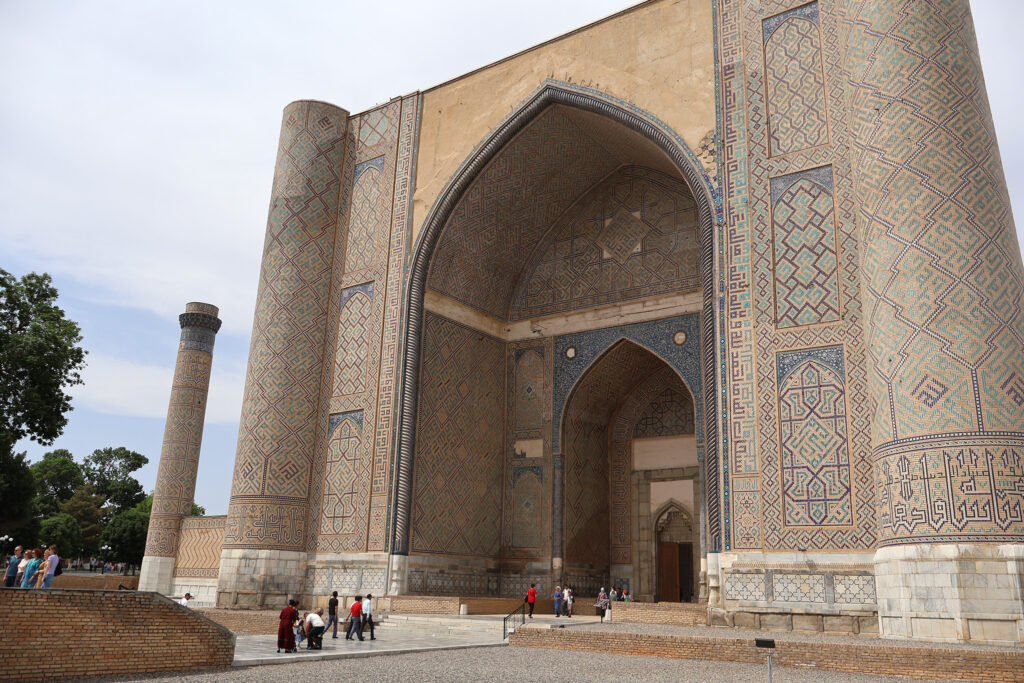
Legend has it the mosques architect fell in love with Bibi, and to complete the work he asked for a single kiss. The kiss, however, left a permanent mark on the mans cheek. When Timur finally returned from this excursions, he saw the mark on the man, and not taking kindly to the infidelity, he had the architect executed. Some stories also have Bibi executed, but we know from her tomb she in fact outlived Timur by four years, her bejeweled remains exceptionally well preserved.
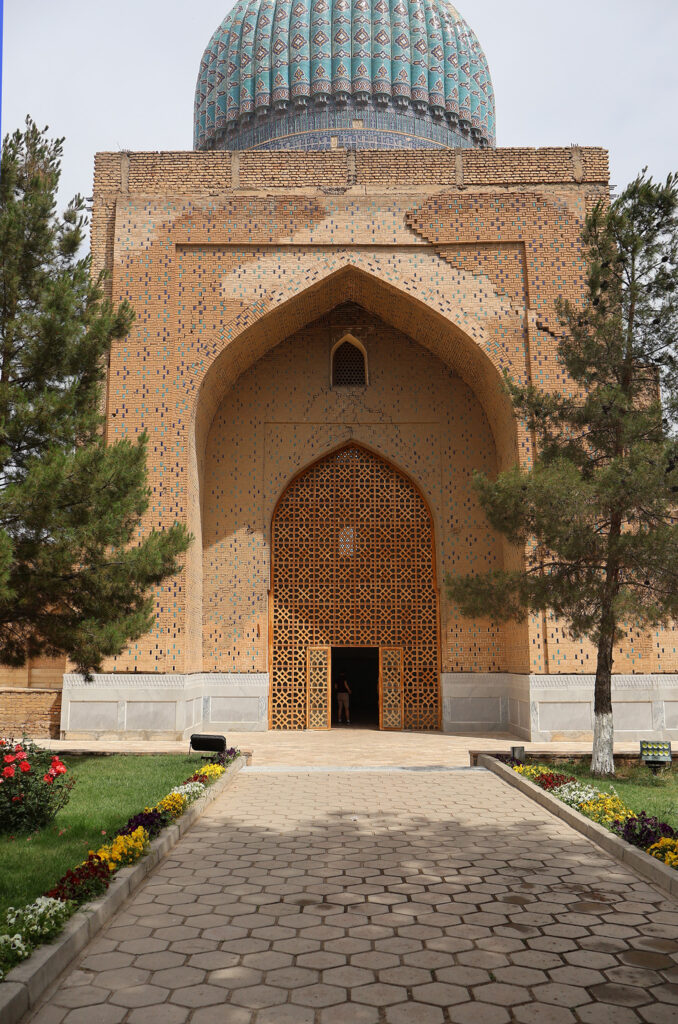
I’ve generally been planning my wandering and sight seeing based around lunch. A hearty breakfast in the morning, then stroll the streets and take in historic sights until the belly spoke up and my nose pulled my body in the direction of the scent of food. And oh boy, if you’re a vegetarian you’d best off stay clear of Uzbekistan, as grilling kebab meats is a passion here; the glorious smell of BBQ wafting in the streets.
In Samarkand I had settled on a restaurant across the road from the Registan, a place called Labi G’or. For one thing they had the grill out the front and a display of all the kebabs, so the first time I walked past I had a stop for a moment and collect my senses, vowing to eat here. The other bonus were two of the waiters spoke almost fluent English, and in fact were enthusiastic to practise their English. After my last lunch here, they even asked for selfies with them.
Aside of eating far too many spice infused beef, lamb, and chicken, kebabs, they also make an interesting bread that I only recently found out was called lepyoshka. It’s a round bread, with a flattened centre. I’ve actually now become accustomed to have half a lepyoshka with all my meals, it’s just a really nice bread. I’ve never been much of a must have bread person in the past, but I’m becoming one.
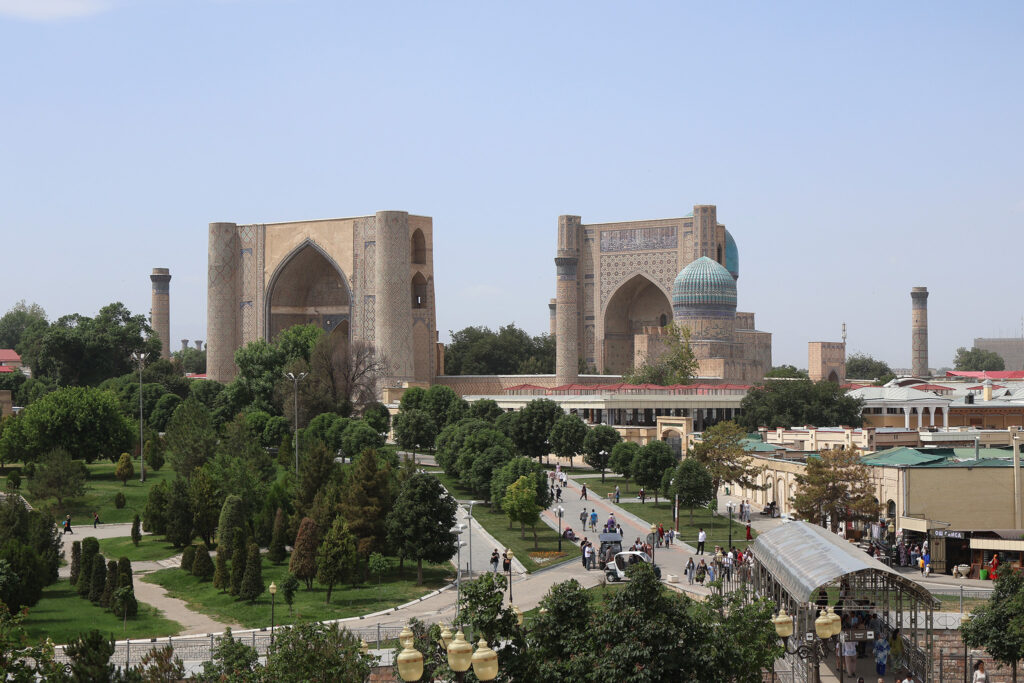
Down the road from Bibi’s Mosque is the city cemetery. Not normally a place you put on your must see list of attractions, however this graveyard had two points of interest and a huge number of people visiting them (I’d even say more people than at the Registan).
The best view of the city, with Bibi’s Mosque dominating the sky line, is located here. They’ve build a mosque on the highest hill, with a viewing platform for visitors to take their scenic photos. Since it is a real mosque with real Muslims worshipping here, it makes for an odd place to build a cityscape lookout, with hundreds of people jostling to get a photo of Samarkand.
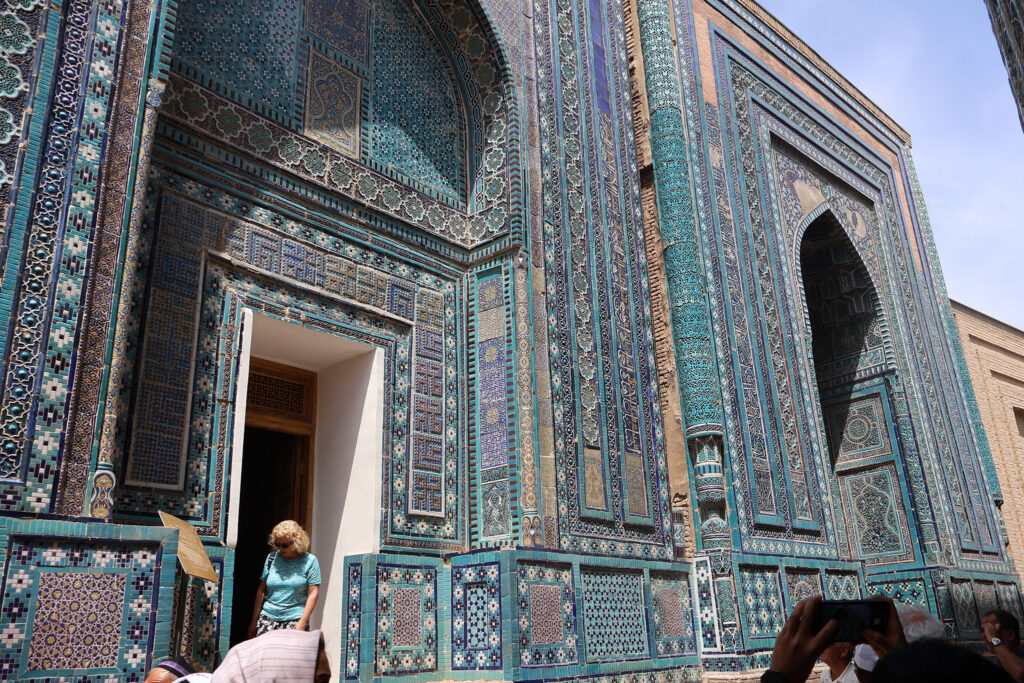
However the real reason to come to the cemetery is to visit Shah-i Zinda, or “Living King”. This is an astonishing collection of mausoleums covered in blue and turquoise tiles. The title refers to the patron saint of Samarkand, Kusam ibn Abbas, a cousin of of none other than Muhammad himself, who came here in 710 and was beheaded by brigands while in prayer. So naturally as anyone who’s just lost their head, Kusam grabbed his now decapitated noggin, and jumped into a well. To this day, he still lives in the well. Good for him!
Shah-i Zinda is easily the most packed with people of any place so far. There’s a mix of locals visiting the tombs of their venerated, and foreign tourists are started to make their presence. It’s a strange grouping of foreigners, mostly German or English, and all seniors. Younger foreigners seem to be either Russian or from one of the other Stans (I’m told from Kazakhstan mostly).
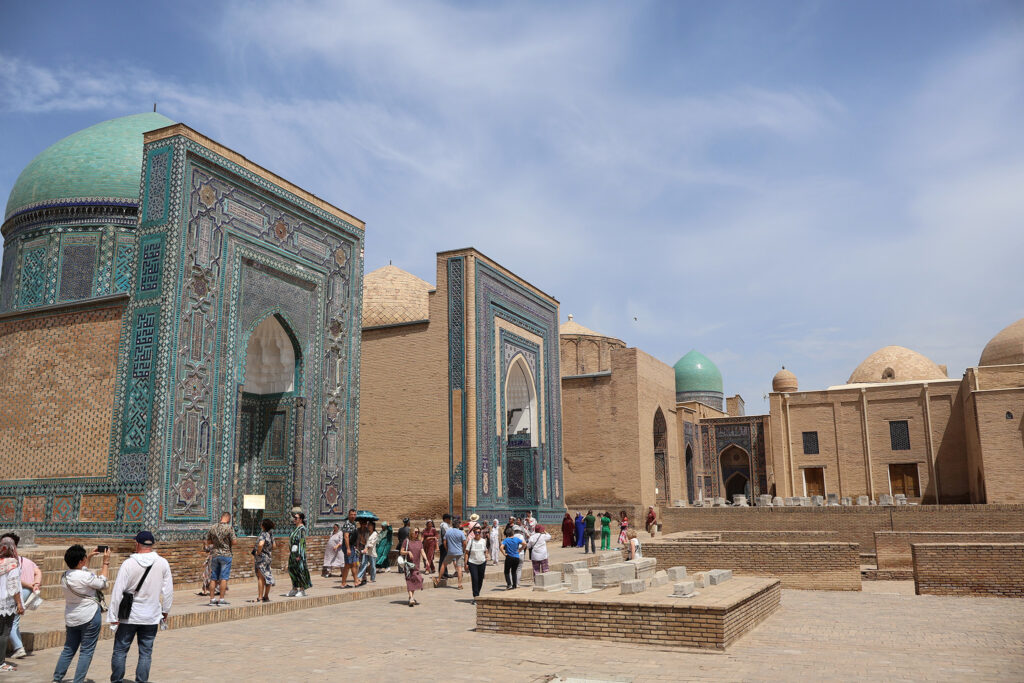
Soon enough it was time to leave and move onto Bukhara on the fast train. The family of the hotel once again demonstrated amazing hospitality by booking a Yandex for me, and plying me with cherrys and tea while we waited. The driver took a while to make it into the old town with the streets such a pain to navigate, and before leaving I was added to a family selfie photo, then off to the train station.
Samarkand had felt slightly different than the rest of Uzbekistan. I was told these areas were more influenced by Persia and Arabia, and I definitely felt that. I wondered then, sitting on the 2 hour train ride, if Bukhara would have that Middle East flavour…
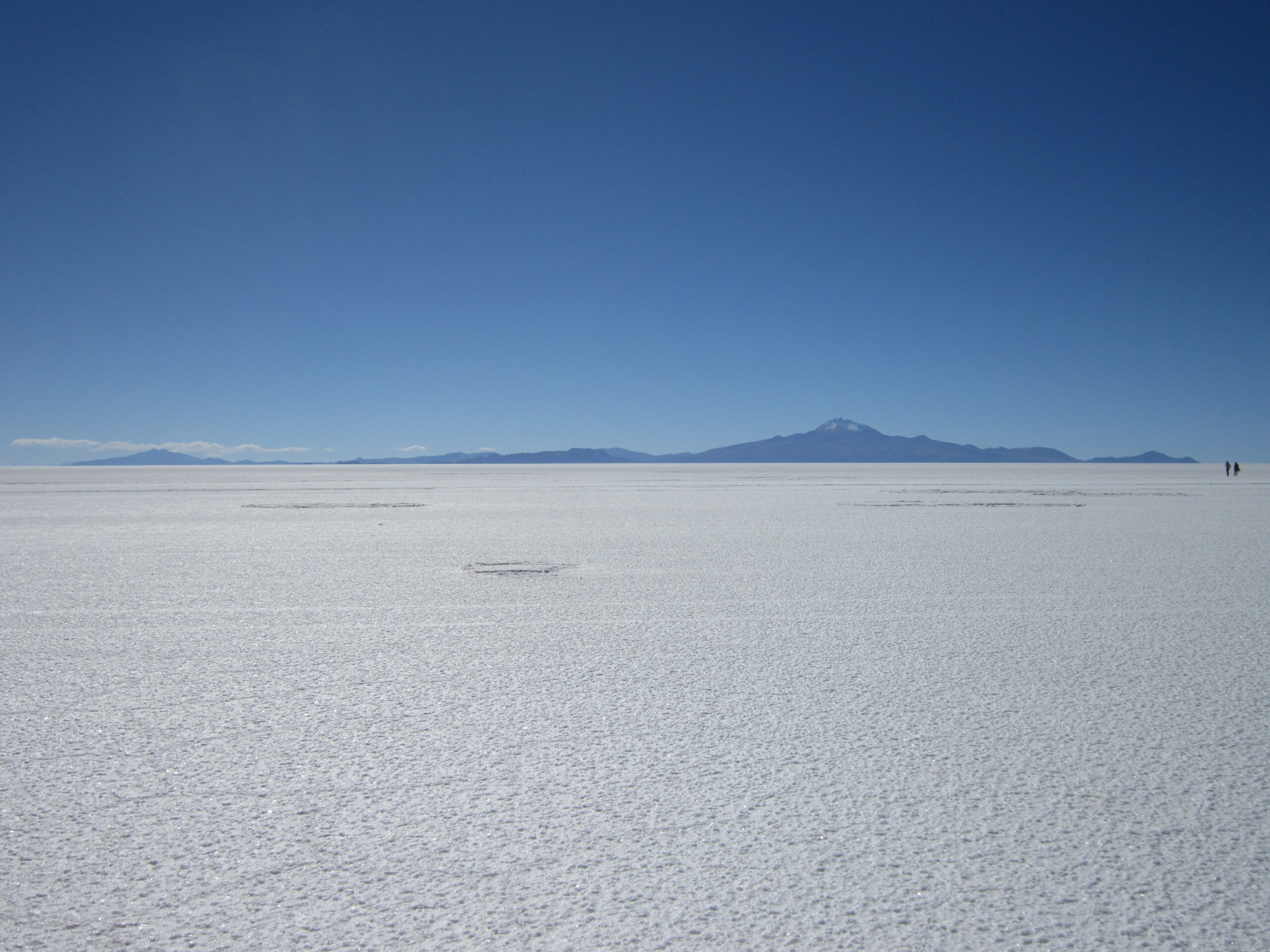

2 responses to “Samarkand Part 2 – Mosques and Mausoleums”
Interesting post and beautiful pictures. The colours are fabulous. Stay safe.
The buildings are beautifully preserved, (by the way, just getting acquainted with Guapo 🙂 )